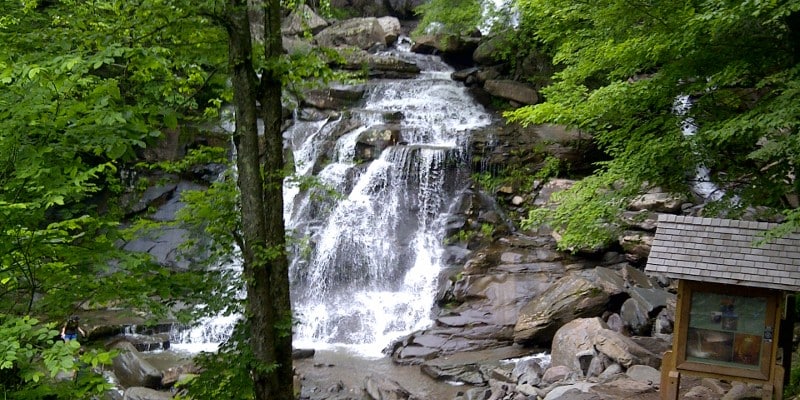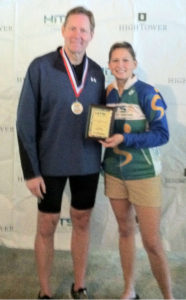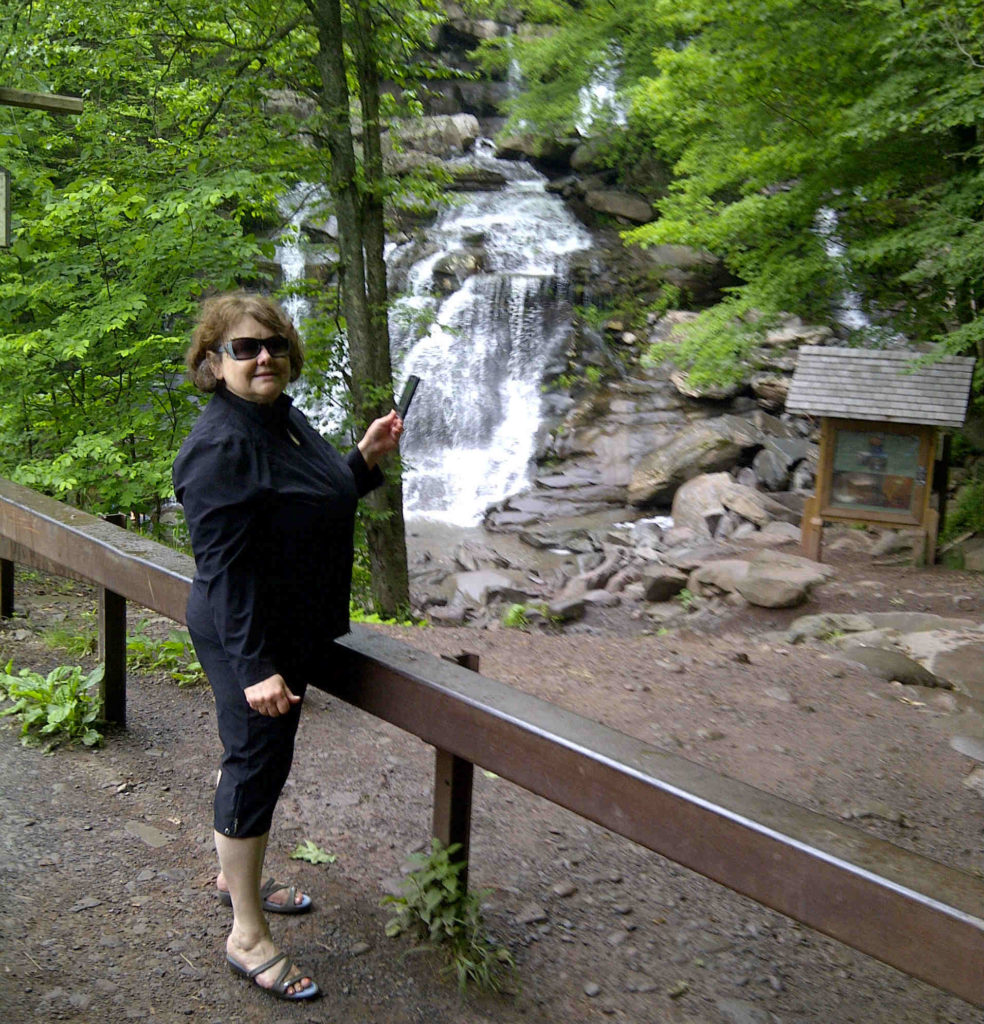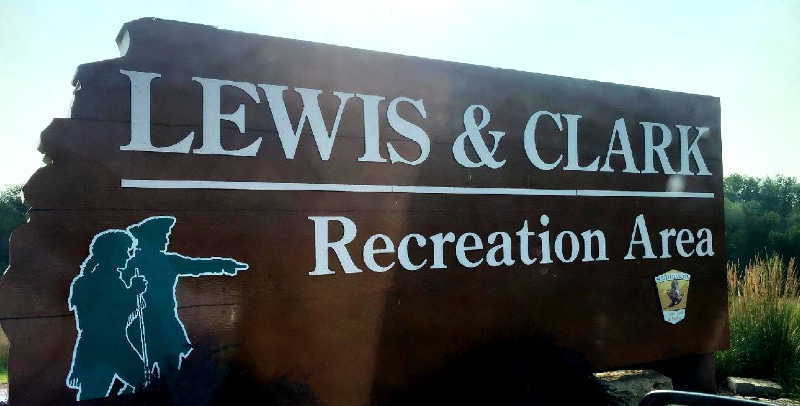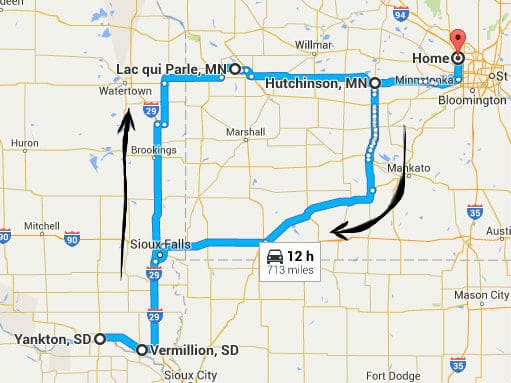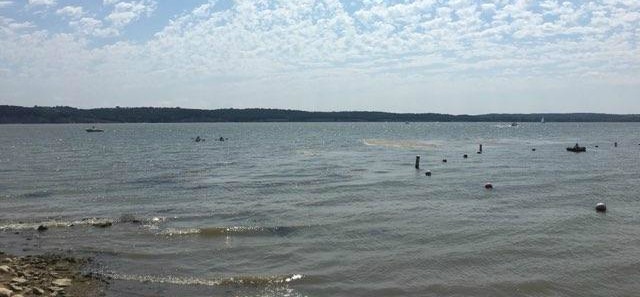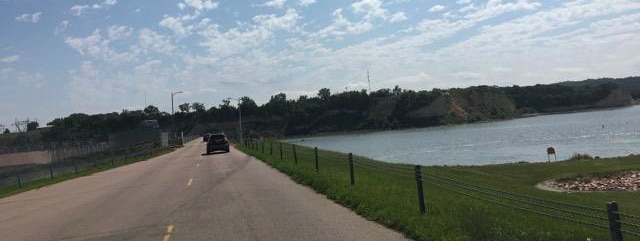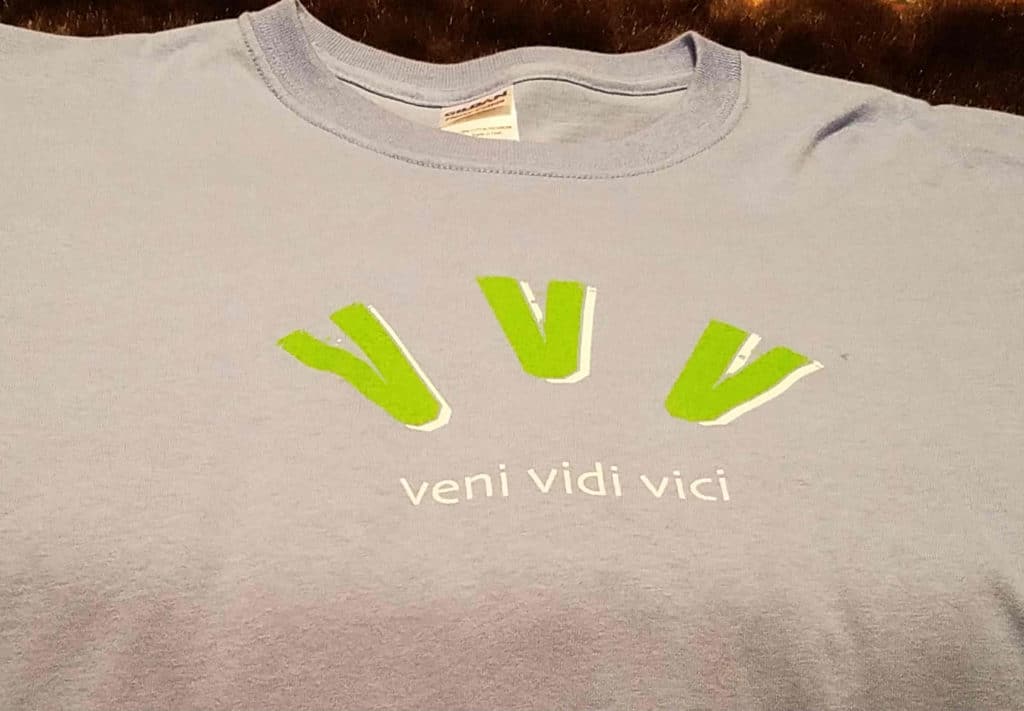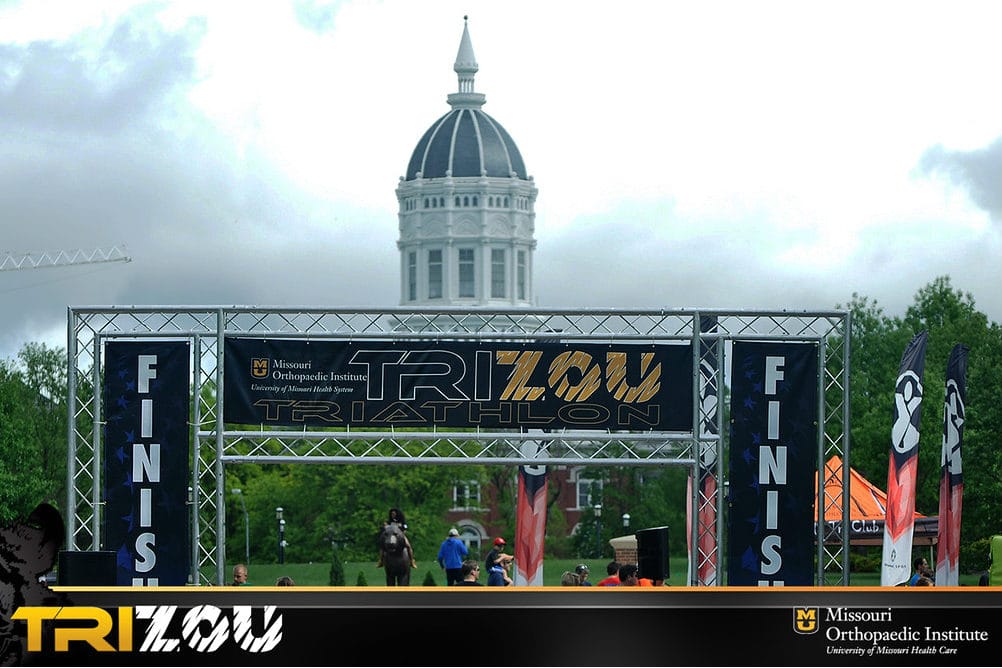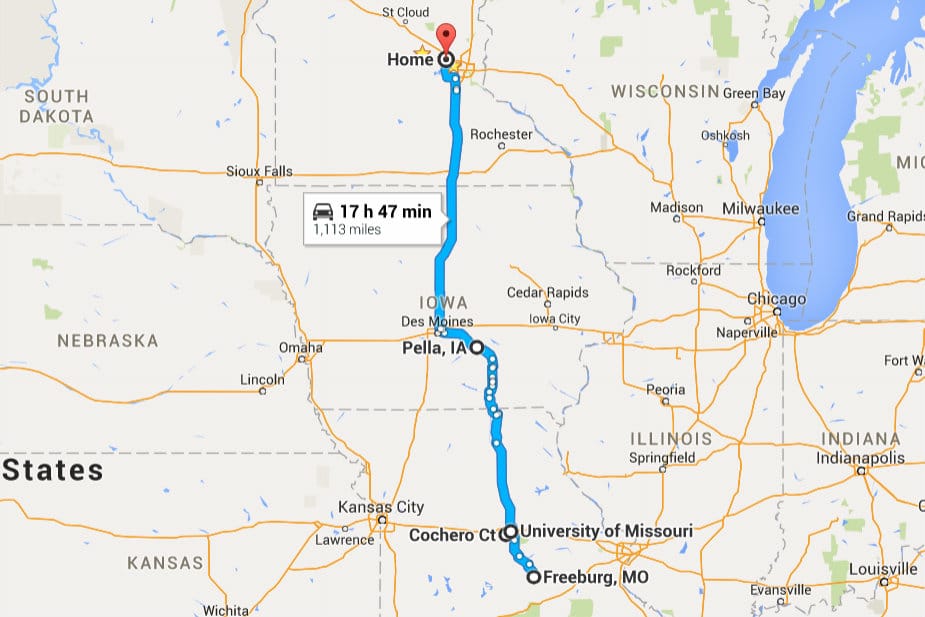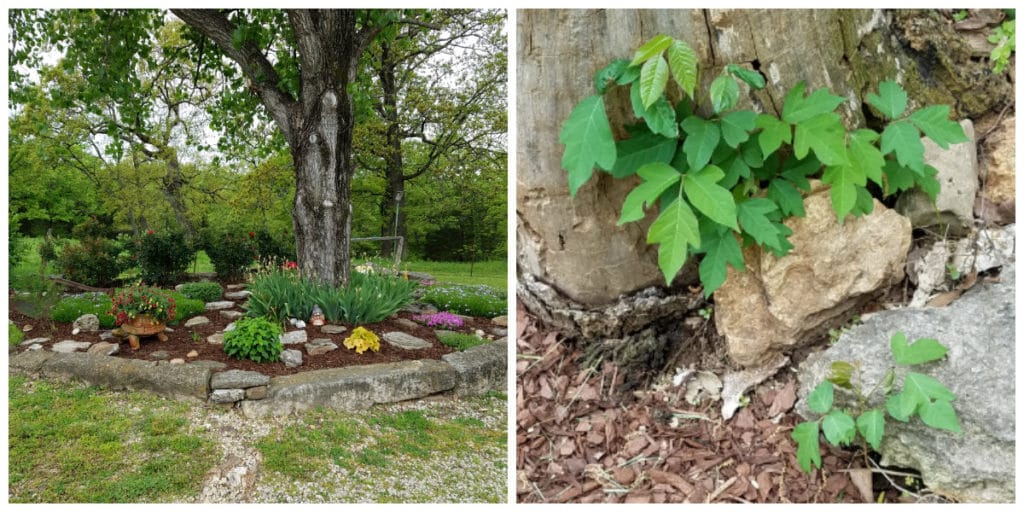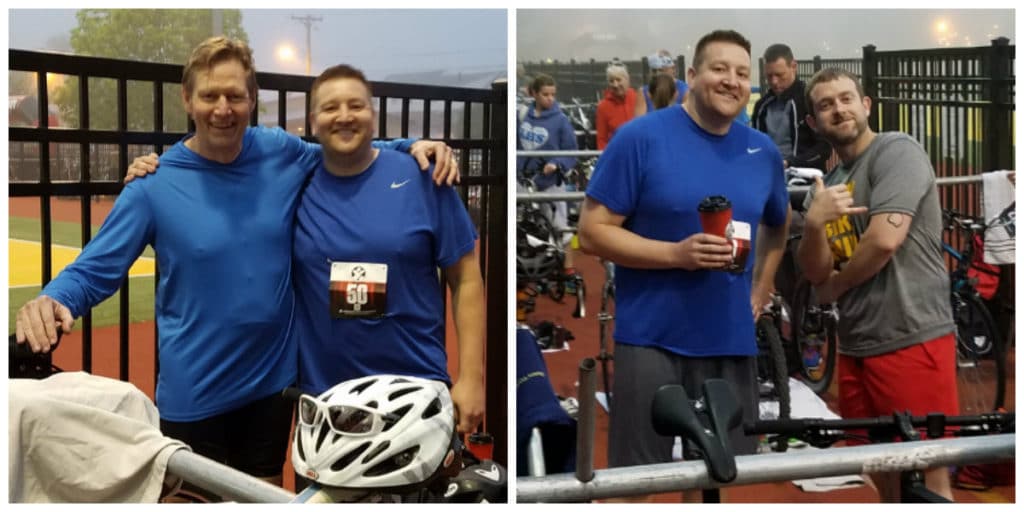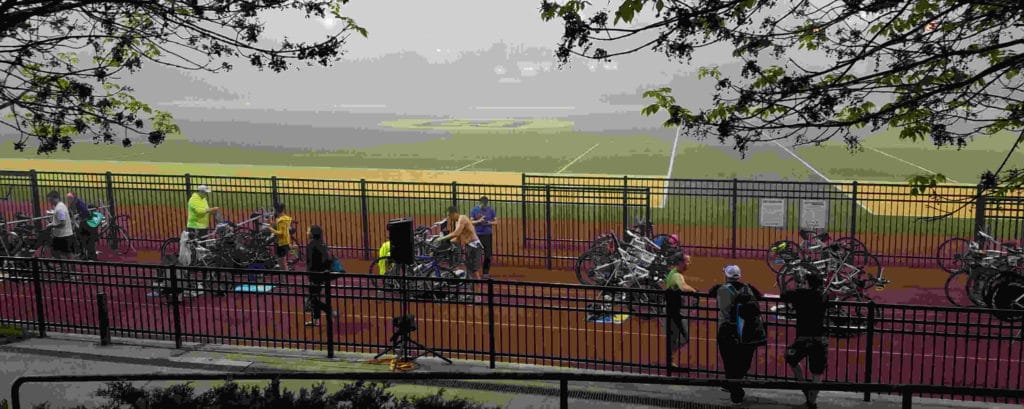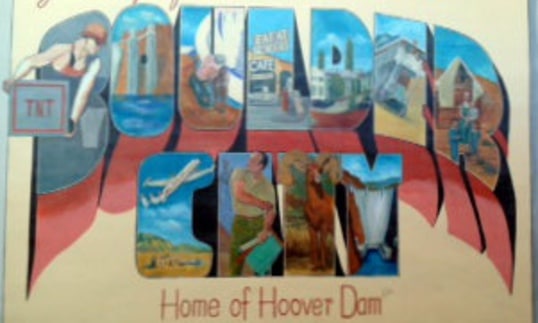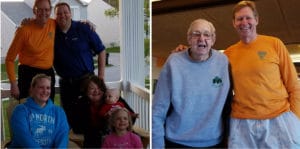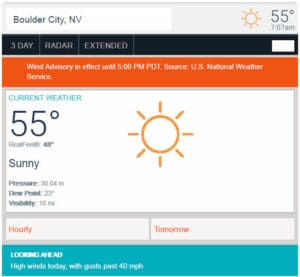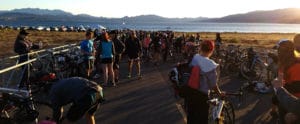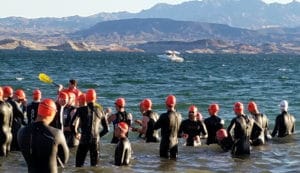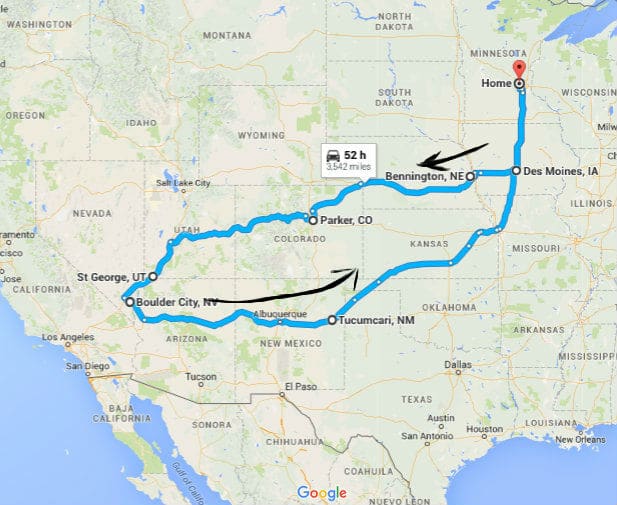Triathlon Across the USA: State #8 – New York
Hunter Mountain, New York; June 9, 2012 – North-South Lake State Park.
The Catskill Mountains in eastern New York are home of the legendary Rip Van Winkle. They also provided the mix of water and hills for a challenging race in this chapter of the ‘Triathlon Across the USA’ adventure. Along the way, we enjoyed a host of new experiences and learned several lessons from this weekend with the HITS Triathlon Series.
Planning the New York Triathlon
I began to prepare the 2012 triathlon season in late 2011. To achieve the goal of completing triathlons in all 50 states by age 70, I needed to complete triathlons in the remaining 47 states within eleven seasons, an average of just over four races per season.
For the past several years, Joy and I lived in western Massachusetts approximately half time. The work situation that brought us to Massachusetts would only continue for two more years. Therefore, my goal for 2012 was to complete triathlons in the remaining New England states. With the ‘race schedule fairy’ working on my side, I was able to complete races in the remaining New England states and, as a bonus, this one in New York, all within the 2012 season.
Travel to the New York Triathlon
Hunter Mountain, New York, is a 2-1/2 hour drive from our home in Chicopee, Massachusetts. Since the race started at 7 am, we made the trip to the race venue the day before and stayed overnight near it.
We could have left at 3 am (as on the previous weekend for the Connecticut triathlon) and made the drive in the morning. However, I was still new to competing in triathlons. I wanted to pick-up my race packet before race day. I also wanted to arrive at the race site on race day near the time when the transition area opened, which in this case was 5 am. Besides this, we would have missed exploring the Catskills as we did on Friday afternoon.
The Copper Kettle Motel Cottages in nearby Windham, New York, provided lodging for Friday evening. While the rooms were simple, we were happy to support the young couple who purchased the cottages one year earlier.
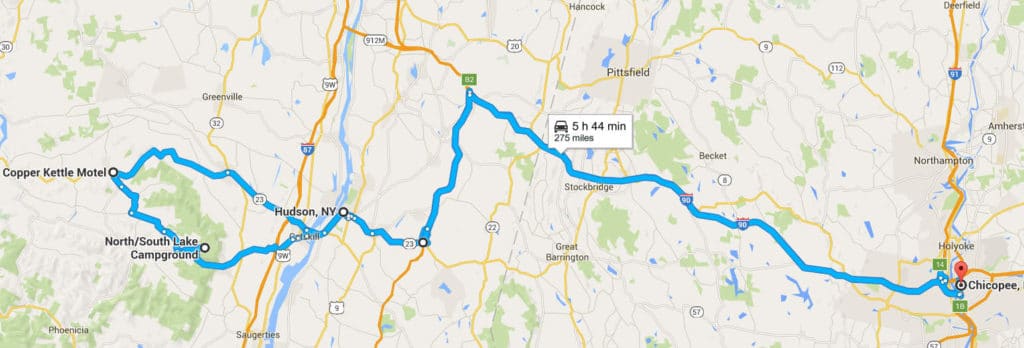
Pre-Race Activities
There was another reason for traveling to Hunter the day before the race.
One week before the triathlon, I received a call from Dave Kiviat with the HITS Triathlon Series. Dave asked if he could interview me about my triathlon story.
Weeks earlier, I received an e-mail from HITS Triathlon requesting stories about those taking part in the triathlon. I responded with information about the ‘one triathlon in each state by age 70’ mission. HITS management found the story interesting and decided to use it to promote the Triathlon Series.
On Friday afternoon, Joy and I first drove to the Copper Kettle, following the back roads from exit B2 on Interstate 90 in eastern New York. After settling in our room, we traveled to the race site for the interview and pre-race meeting. Dave videotaped the interview from the bluffs overlooking the Hudson River Valley at Saugerties, New York.
After picking up my race packet and attending the pre-race meeting, we headed back to our cottage with a stop for a light dinner.
While I never saw the video interview, Joy heard from a race spectator the next day that they had published the story in a local newspaper.
A Cloudy Race Morning
We left the Copper Kettle a little before 5 am, driving the roughly 15 miles to the North-South Lake State Park. In keeping with one pre-race ritual, we stopped at a local convenience store for coffee.
HITS Hunter Mountain Triathlon
This HITS Triathlon Series included five distances – supersprint (which HITS calls ‘open’), sprint, Olympic, half Ironman (70.3), and Ironman 140.6 – over two days.
Distances for the individual legs of the sprint triathlon in which I competed were:
- Swim: 750 m (0.47 mile)
- Bike: 20 km (12.4 mile)
- Run: 5 km (3.1 mile)
By the start of the sprint triathlon, the air temperature was in the lower 60s °F (around 16-17°C). The sky was overcast, threatening rain.
Joy also volunteered at this race. Her first assignment was in the transition area during the sprint distance. It turned out that it was good for me she was here.
Later, she moved to the Finish Line where she presented finisher medals to those who had completed the Olympic distance race.
Swim
The 750 m (just under a half mile) swim leg of the triathlon occurred in South Lake. Since this was early June in an area popular to snow skiers, the water temperature was in the lower 60s °F.
I learned one important lesson on this day. For an open water swim, go into the water before the race to see what you will be running or walking on and swimming in. In this case, the lake bottom was covered with many sharp rocks that could have hurt my feet or resulted in a twisted ankle had I blindly run into the water and stepped on one of them. From what I learned about South Lake before the race, I took a much more conservative approach to entering and exiting the swim.
Thanks to my wetsuit, the swim was comfortable. I did, however, have my first experience with my goggles being struck by another swimmer. As a result, my goggles filled partially with water early in the race.
Bike
During the swim leg, a light drizzle had begun to fall, making the roads wet and somewhat slippery.
This was also the hilliest bike course in a race until now. The first part of the course, which left the park, involved a slight climb. This was followed by a flat section and then a portion that was slightly downhill. During the downhill section, I was in a high gear trying to take advantage of the slope to gain some speed.
Suddenly, the course made a sharp right turn. As I turned the corner, I saw the steep hill in front of us. As I shifted the chain from the large to the small ring, the chain came off and became jammed between the small ring and frame.
I dismounted as soon as I was able to unclip my shoes. The chain was not moving so I flipped the bike upside down and found that the chain was being held in place by the head of an adjusting screw. I grabbed the chain, maneuvered it around the screw head, and pulled it loose. In the process, the chain cut the tips of the index and middle fingers on my right hand. Not serious, but they would hurt later.
I was able to quickly get the chain back on and start riding. However, as a result of flipping my bike over, I lost all of the Gatorade in the water bottle between my aero bars. Fortunately, the weather was cool and I did not need the liquid.
In retrospect, I lost about one minute so this was not a catastrophe. However, I had learned a couple of lessons.
Run
With the recent pain in my right knee, my chiropractor had recommended that I avoid weight bearing exercises. I had been only swimming.
While swimming is great exercise for general fitness, it does little for the specific requirements of running. The run was the most difficult of this year’s races, requiring a combination of running and walking. Near the end of the race, the muscles above the front of the right knee felt as if they were going to cramp. Fortunately they did not.
One other lesson that I learned was that it is good to have someone looking out for you. Early in the run, a woman passed me. As she did, she commented about her wet shoes.
I thought her comment odd. My shoes did not feel wet. Since I was running without socks, I was sure I would have known if my shoes were wet.
After the race, I found out why my shoes were not wet. My dear wife, who was volunteering around the transition area, had thoughtfully covered my shoes when the drizzle began.
From that day onward, I would cover my running shoes with a towel in the transition area if there was the slightest appearance of rain.
Results
I completed the course in 1:38:45, fast enough for a first place in my age group.
However, I need to qualify this. The HITS Triathlon Series gives awards for each year of age, based on the age of the person on January 1st of that year. This meant that I raced as a 58 year old (even though I was now 59). Despite the problems on the bike and run, I was the fastest 58 year old.
Race Firsts
- This was the first time I was interviewed about my Triathlon Across the USA story.
- First triathlon in which there was a light rain.
- This was the first triathlon in which I had a mechanical problem with my bicycle – the chain came off when downshifting to climb a steep hill.
- First triathlon in which I received a plaque for a first place age group finish.
Other Lessons from the New York Triathlon
- I now carry extra liquid, particularly on hot race days. Losing all of the liquid when I stopped to reinstall the bike chain taught me to be prepared.
- Get business cards or at least e-mail addresses of fellow participants of each triathlon. I have met such great people, many with whom I would like to stay in contact.
- A jammed chain can happen “to the best of us”. The picture below is a scanned image of an article from the June 12, 2012 issue of the Minneapolis Star Tribune. The article described the experience of Amber Neben, an Olympic cyclist who lost her chance at a medal when her chain jammed on a hill climb (sound familiar?) and she had to dismount in order to reinstall the chain.
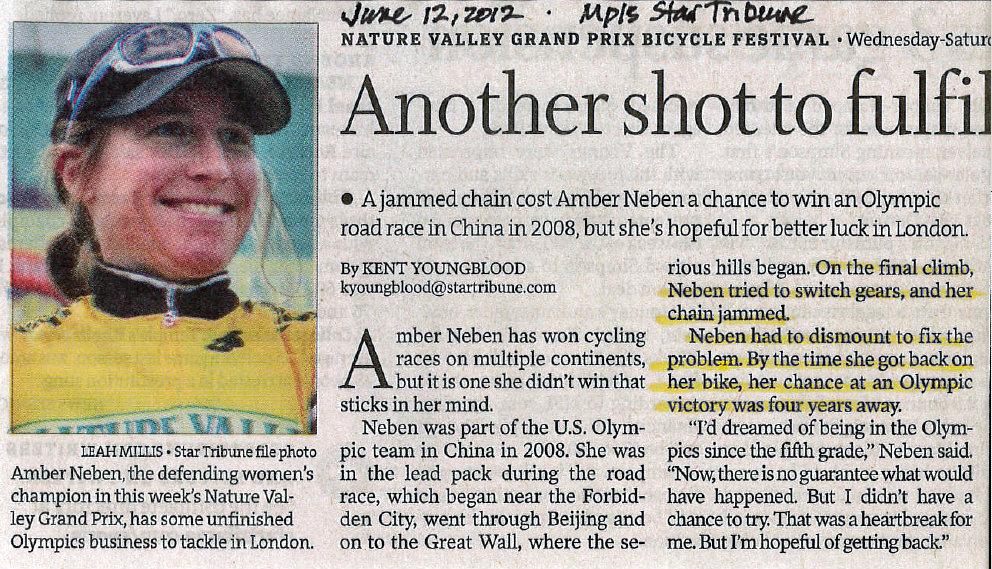
Back Home from the New York Triathlon
For the return trip, we followed the same route used on the way to the race location. However, we made one extra stop to enjoy Kaaterskill Falls.
In traveling around the USA, we often combine travel to and from the triathlon with side trips to waterfalls and other parts of God’s creation.
Tell Us About Your Favorite Triathlon in New York
What has been your favorite triathlon in New York? What made it special?
Comments: Please note that I review all comments before they are posted. You will be notified by email when your comment is approved. Even if you do not submit a comment, you may subscribe to be notified when a comment is published.

